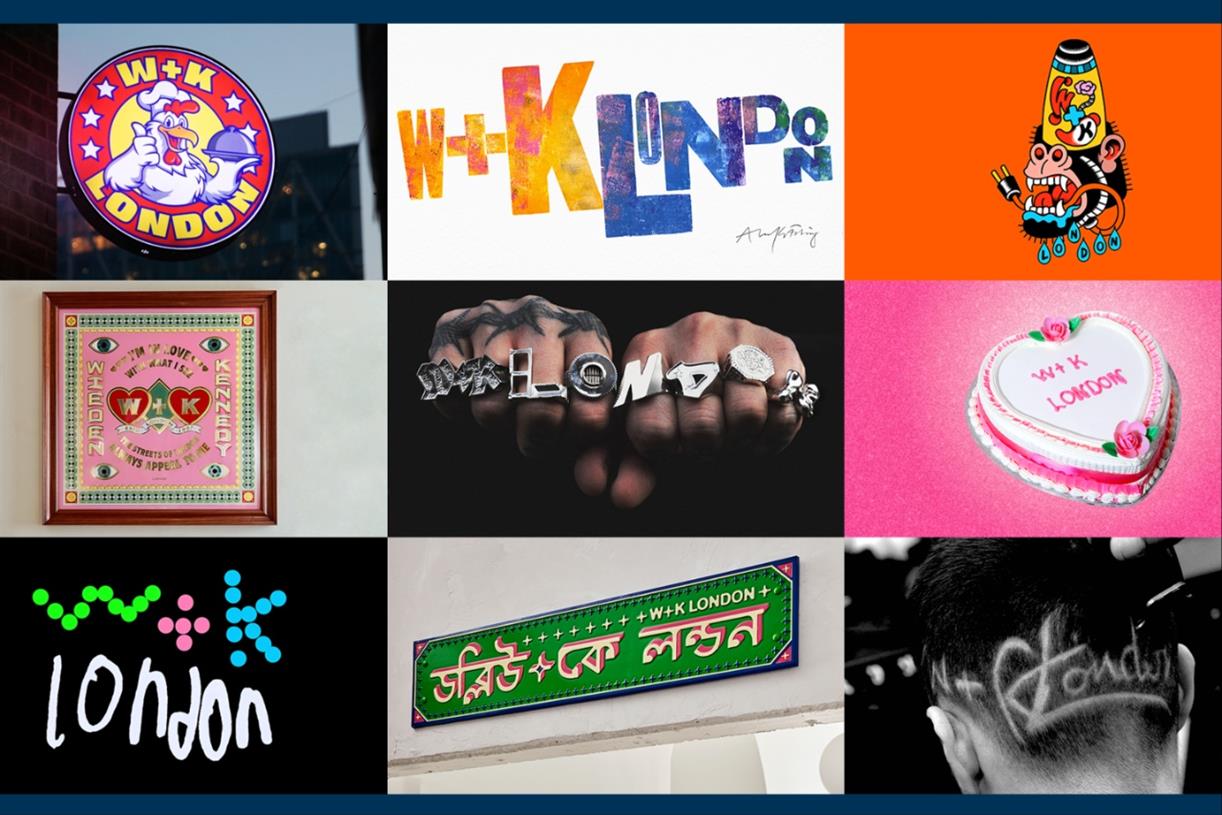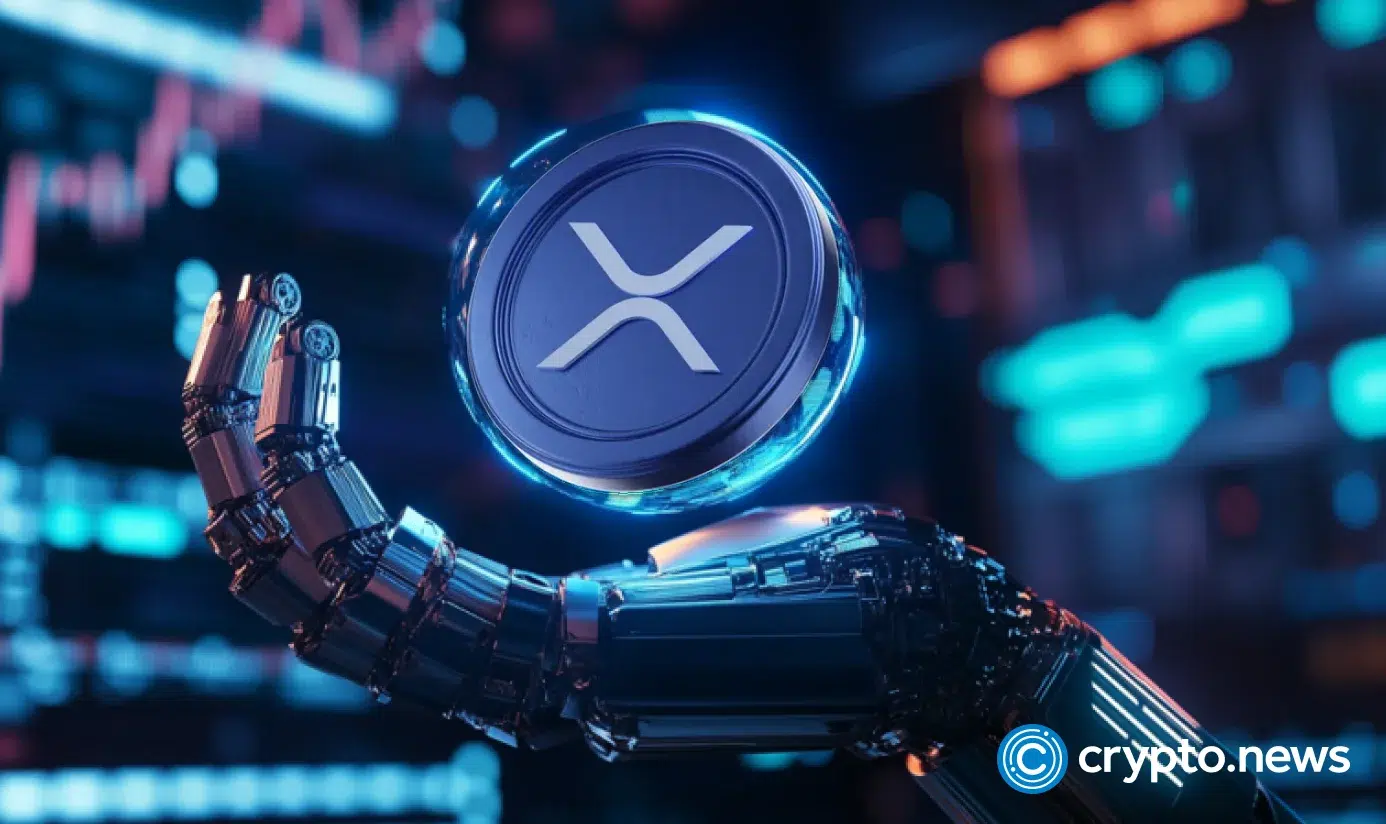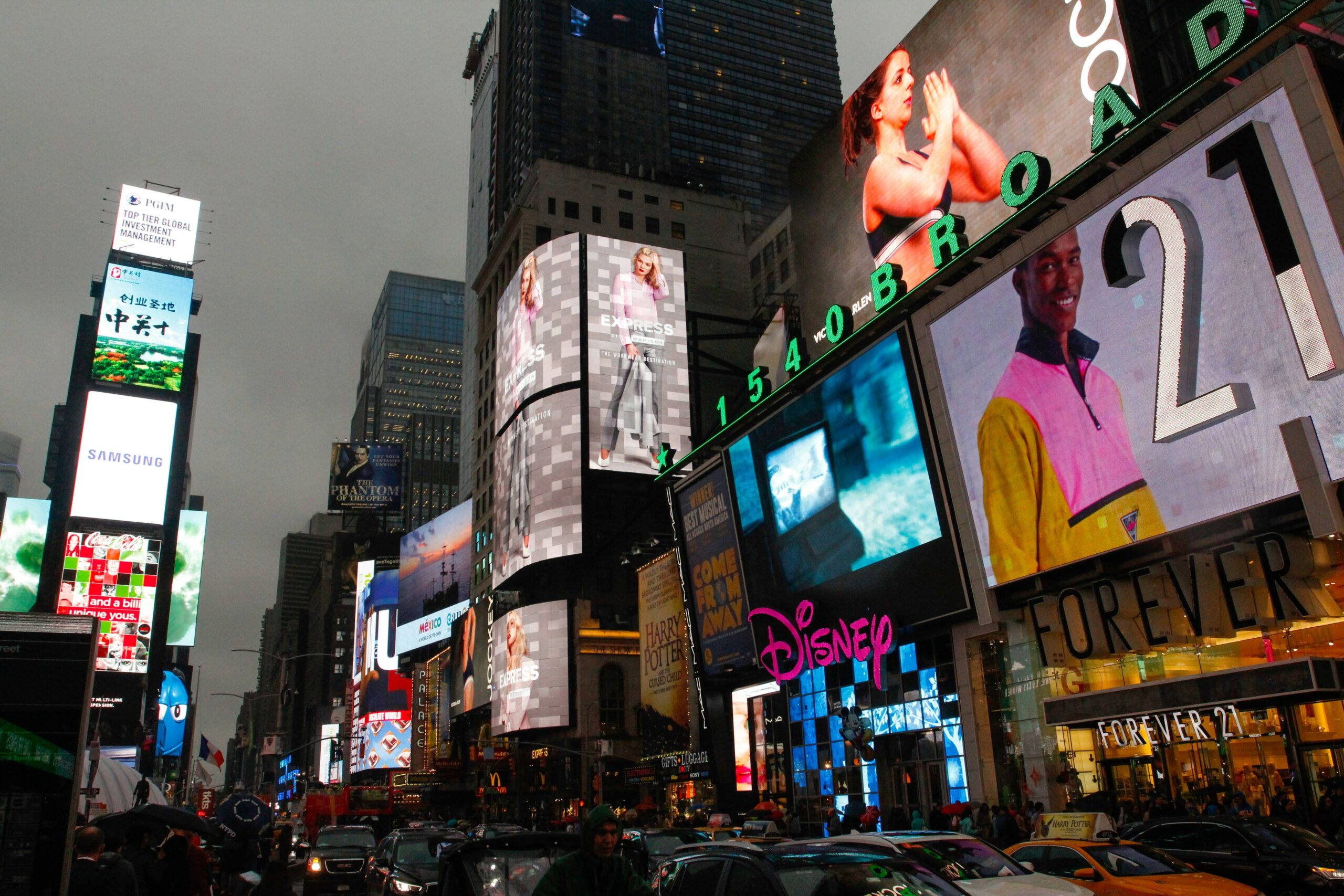Smarter Roads Ahead: How Intelligent Transportation Systems Are Transforming Mobility
From morning commutes to cross-country freight movement, transportation systems are the arteries of modern society. But with urban populations surging and traffic congestion worsening, traditional infrastructure can no longer keep up. That’s where Intelligent Transportation Systems (ITS) come in—quietly...

What Are Intelligent Transportation Systems? Intelligent Transportation Systems integrate advanced technologies—like sensors, connectivity, data analytics, and automation—into transport networks. The goal? To make travel safer, more efficient, and more sustainable. ITS covers several key areas: Why ITS Is Gaining Global Momentum The global ITS market is expected to grow from $30.64 billion in 2024 to $60.92 billion by 2033, according to BIS Research. Governments are ramping up investment in smart mobility solutions to reduce traffic congestion, improve road safety, and cut down emissions. Some Global Case Studies The Role of New Technologies Emerging tech is supercharging ITS development: The Road Ahead Despite challenges like high implementation costs and interoperability issues, the case for ITS is strong. As more vehicles become connected and cities smarter, the pressure to modernize transportation infrastructure grows. Public-private partnerships are unlocking funding. Startups are entering with modular, cloud based ITS offerings. And with the shift to autonomous and electric mobility, the demand for intelligent systems is accelerating. Final Thoughts ITS isn't just about better traffic lights or faster routes—it’s about rethinking mobility from the ground up. From Tokyo to Tampa and Delhi to Gothenburg, countries are already reaping the benefits. The systems are in place. The road is paved. Now it’s time to go full speed ahead. Related report: https://www.marketresearch.com/BIS-Research-v4011/Intelligent-Transportation-Systems-Global-Regional-39736927/  From morning commutes to cross-country freight movement, transportation systems are the arteries of modern society. But with urban populations surging and traffic congestion worsening, traditional infrastructure can no longer keep up. That’s where Intelligent Transportation Systems (ITS) come in—quietly but powerfully reshaping the future of how we move.
From morning commutes to cross-country freight movement, transportation systems are the arteries of modern society. But with urban populations surging and traffic congestion worsening, traditional infrastructure can no longer keep up. That’s where Intelligent Transportation Systems (ITS) come in—quietly but powerfully reshaping the future of how we move.
Tokyo has implemented adaptive traffic signals that adjust in real time based on traffic conditions, cutting congestion during peak hours. These systems played a pivotal role in managing city traffic during the 2021 Olympics. (Source: Japan Times)
USA – Connected Vehicle Pilot in Tampa, Florida:
The USDOT's Connected Vehicle Pilot in Tampa deployed V2X communication systems on buses, streetcars, and personal vehicles, reducing hard braking events and improving intersection safety. (Source: U.S. Department of Transportation)
Sweden – Gothenburg’s Smart Bus Fleet:
In Gothenburg, autonomous electric buses run scheduled public routes, using ITS tech for collision avoidance, route planning, and passenger communication. The buses are part of the EU-funded AVENUE project. (Source: EU AVENUE Project)
India – FASTag and Delhi-Mumbai Expressway ITS:
India's nationwide FASTag system enables electronic toll collection, cutting wait times and fuel use. Meanwhile, the Delhi-Mumbai Expressway is being outfitted with ITS for automated incident detection, speed enforcement, and adaptive lighting. (Source: NHAI)

 FrankLin
FrankLin 







![How to Create the Perfect Marketing Timeline [Template + Examples]](https://www.hubspot.com/hubfs/project-timeline-template-1-20240919-3074583.webp)




_1.png)


















